Smokey Mountain Jungle Frogs (Leptodactylus pentadactylus): Majestic Amphibians of the Tropics
Smokey Mountain Jungle Frogs (Leptodactylus pentadactylus) are among the most impressive frogs found in Central and South America. Known for their large size, deep vocalizations, and striking appearance, these frogs have become a favorite among exotic amphibian enthusiasts and educational wildlife programs.
As one of the largest species in the Leptodactylus genus, the Smokey Mountain Jungle Frog is a powerful ground-dweller adapted to life in humid rainforests. Let’s take a deeper look into what makes this species so remarkable.
Appearance and Size
Smokey Mountain Jungle Frogs (Leptodactylus pentadactylus) can grow to an impressive length of 6 to 8 inches, with females typically larger than males. Their skin ranges in color from earthy brown to olive-gray, often with darker blotches or subtle banding along the limbs. The belly is usually a creamy white with a speckled underside on the thighs.
One of the most recognizable features of these frogs is their wide, flat head and strong muscular limbs, which they use to burrow or push aside debris. Despite their size, they are agile hunters capable of quick bursts of movement.
Habitat and Range
These frogs are native to tropical rainforests across northern South America, including Brazil, Colombia, Peru, and parts of Central America. The term “Smokey Mountain Jungle Frog” is often used in the exotic pet trade to reference their misty, forested native habitats.
Smokey Mountain Jungle Frogs thrive in areas with dense ground cover, leaf litter, and access to shallow freshwater pools or creeks. Their natural camouflage allows them to remain well hidden during the day, emerging at dusk to forage.
Behavior and Vocalization
Nocturnal by nature, Smokey Mountain Jungle Frogs are solitary and territorial. Males are known for their deep, guttural calls that resonate through the forest canopy. These calls serve both to attract mates and to warn off rival males.
When threatened, they can emit a loud shriek and secrete a mild skin toxin as a defense mechanism. This doesn’t make them dangerous to humans, but it’s wise to wash hands after handling and avoid touching the eyes or mouth.
Diet and Feeding
In the wild, their diet includes insects, smaller frogs, worms, and even small mammals or reptiles. In captivity, Smokey Mountain Jungle Frogs thrive on a varied diet of gut-loaded crickets, nightcrawlers, roaches, and the occasional pinky mouse (for adults only and sparingly).
Feeding frequency should be 2–3 times a week for adults and 3–4 times for juveniles. Always dust insects with a calcium supplement to promote healthy bone growth.
Captive Care Requirements
Keeping Smokey Mountain Jungle Frogs (Leptodactylus pentadactylus) in captivity requires space, humidity, and attention to hygiene. A single adult should be kept in at least a 30–40 gallon terrarium with ample floor space rather than vertical height.
Substrate such as coconut fiber, sphagnum moss, or organic topsoil helps maintain humidity and supports natural burrowing behavior. Daytime temperatures should be kept between 75°F and 82°F with humidity levels at 70–90%.
Provide a shallow water dish large enough for soaking, and change it frequently to prevent bacterial growth. Hides made from cork bark or natural decor give the frog a sense of security.
Breeding Behavior
In the wild, breeding occurs during the rainy season. Males construct shallow burrows near water sources where mating takes place. The female lays a foamy egg mass in the burrow, which the male guards. After a few days, heavy rains wash the tadpoles into nearby water bodies where they complete metamorphosis.
Captive breeding of Smokey Mountain Jungle Frogs (Leptodactylus pentadactylus) is rare but not impossible. Success often depends on simulating seasonal environmental changes, including misting cycles, temperature drops, and barometric pressure changes.
Educational and Pet Value
With their striking size and jungle origins, Smokey Mountain Jungle Frogs are a great addition to educational displays and private collections. However, they’re best suited for intermediate to advanced keepers due to their environmental needs and diet requirements.
They’re not ideal for frequent handling but make fascinating display animals. Their behaviors, vocalizations, and size offer a unique look at tropical amphibians for both hobbyists and students.
Where to Find Smokey Mountain Jungle Frogs
You can find Smokey Mountain Jungle Frogs (Leptodactylus pentadactylus) for sale at reputable exotic animal shops like OneStopReptileShop.com. We offer healthy, captive-bred amphibians, starter kits, and expert guidance for every stage of your amphibian journey.
Final Thoughts
Whether you’re fascinated by their powerful build, deep croaks, or ecological role, Smokey Mountain Jungle Frogs (Leptodactylus pentadactylus) are one of the most remarkable amphibians in the tropical world. With proper care and respect, these jungle giants can thrive in captivity and bring a piece of the rainforest into your home.


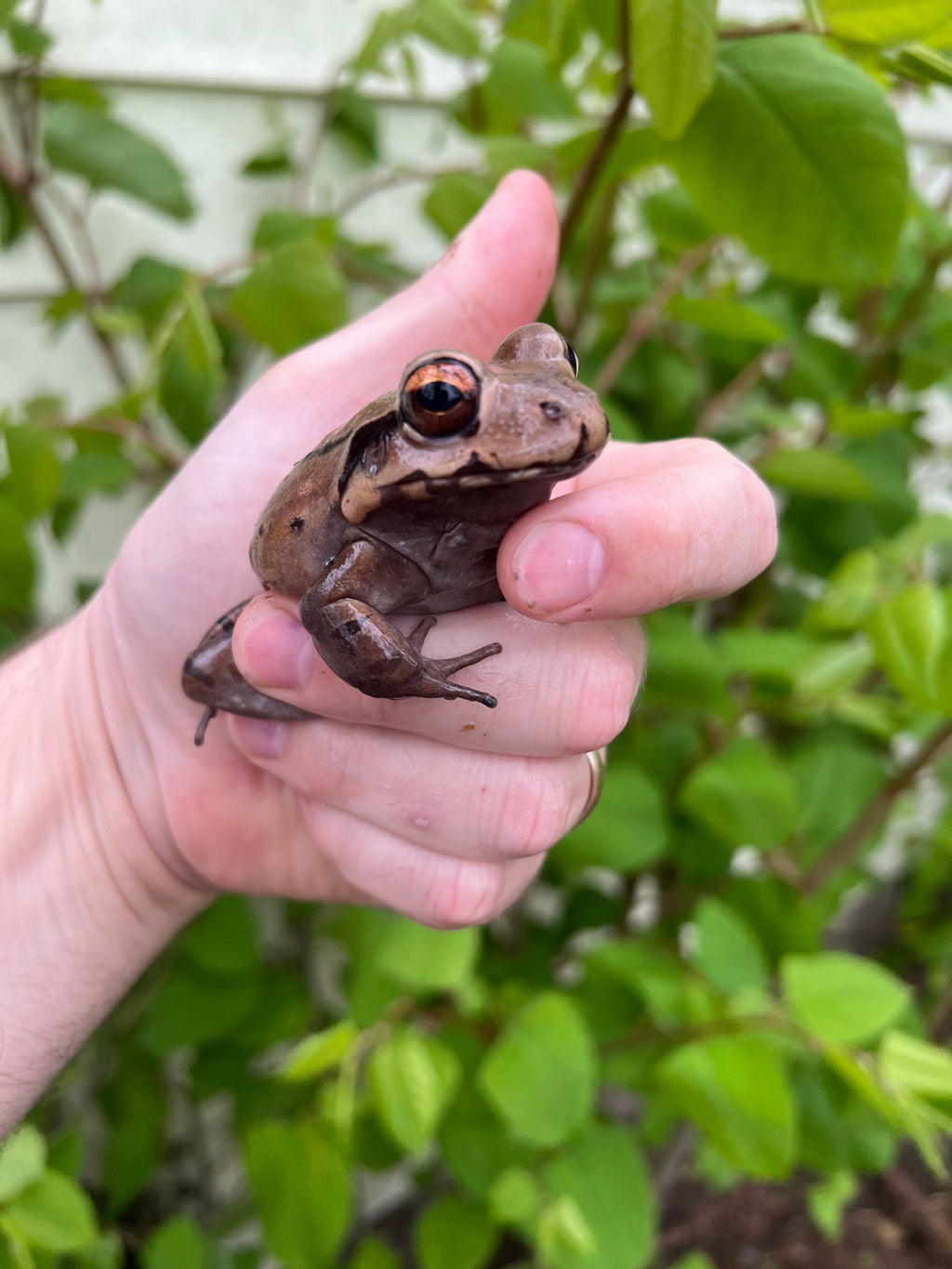
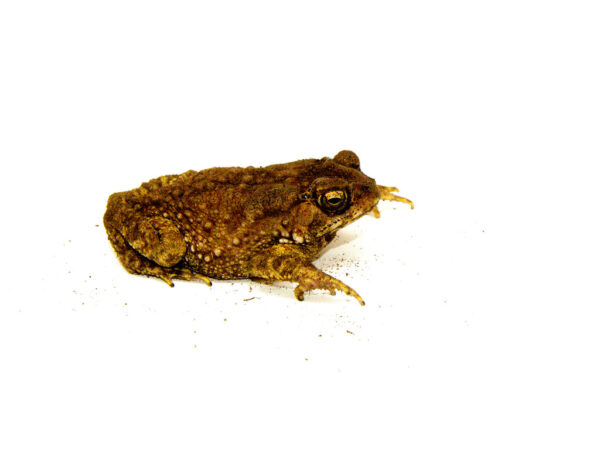

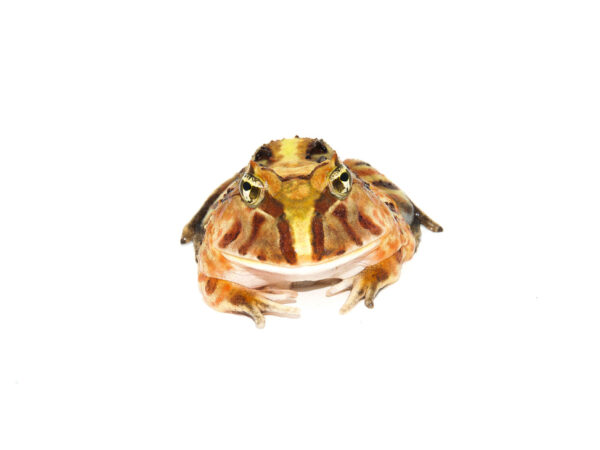

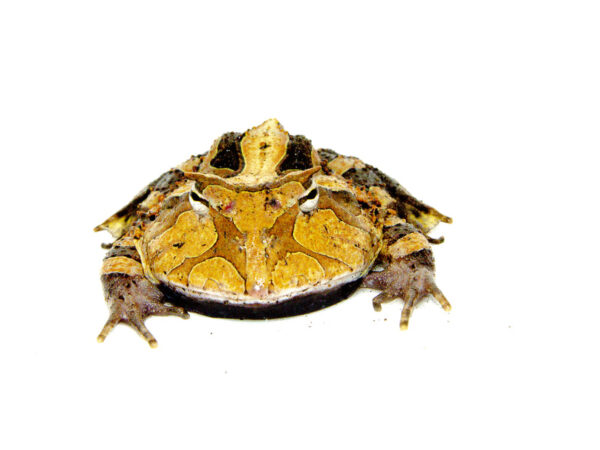
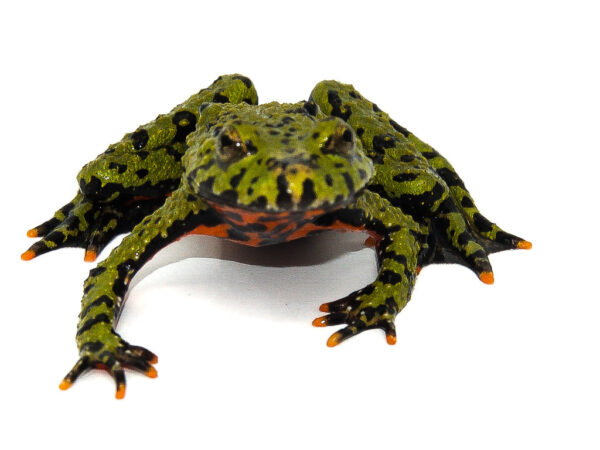
Reviews
There are no reviews yet.